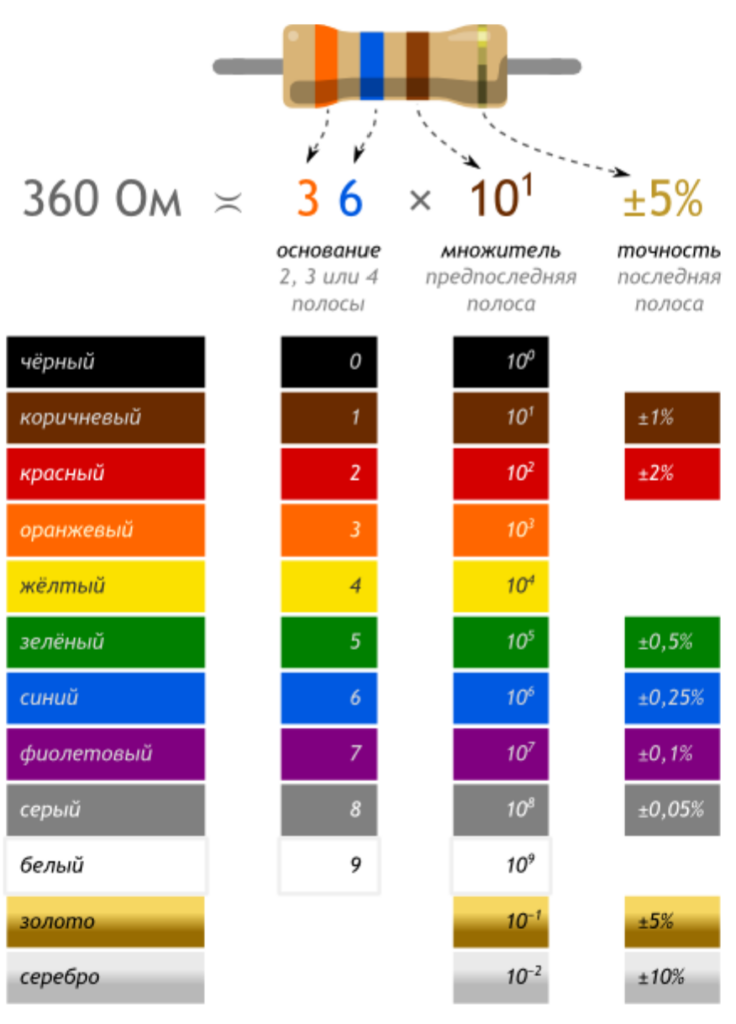A little physics here
An electrical circuit is like a track where electrons run in a loop. The basic laws of electricity set the rules for their speed and energy use. Ohm’s Law is key, stating that higher voltage pushes more electrons through (more current), but more resistance means fewer electrons can make it through. Devices can have these tracks in a single path (series connection) or multiple paths (parallel connection), affecting the flow and power usage
Electrical Circuit
This diagram explains how voltage from a power source, through conductors and components with different resistances, moves from a high potential to a low potential, carrying charge and forming an electric current of a certain strength, which does useful work and converts to other forms of energy at some rate (power).
| U | Voltage (Volts) |
| R | Resistance (Ohms) |
| + | Plus (High Potential) |
| – | Minus (Low Potential) |
| Q | Charge (Coulombs) |
| I | Current (Amperes) |
| W | Energy (Joules) |
| P | Power (Watts) |

Basic Laws of Electricity
Ohm’s Law
The formula I = U / R where I is the current in amperes, U is the voltage in volts, and R is the resistance in ohms.
Power
Power is a measure of the rate of transformation of electrical energy into another form
The formula P = I × U, where P is the power in watts, I is the current in amperes, and U is the voltage in volts.
P = I^2 × R or P = U^2 / R
Short Circuit
Never allow it, under any circumstances!
Directly connecting the positive and negative leads, according to Ohm’s Law, results in a very high current, therefore, very high heating power, which ultimately leads to combustion.
Series Connection
It explains that in a series circuit, the same current flows through each component, but the voltage is divided across each of them.

Parallel Connection
In a parallel circuit, the voltage across each component is the same, but the current is divided according to their respective resistances.

Arduino Uno board
- USB port for reprogramming the microcontroller – This is where you connect the board to a computer to upload code to the microcontroller.
- 14 ‘electronic switches’ called digital pins – They can be set to HIGH (5 volts), set to LOW (0 volts), or read as an input.
- Jack for external power – This is used to power the Arduino board independently from the USB connection.
- ‘Power pins’ with different voltages – These pins supply various voltage levels, typically used to provide power to the components connected to the board.
- 6 ‘amplifiers’ called analog pins – They are used to read analog signals, which can vary from 0 to 5 volts.

Resistor
A resistor is like a hurdle for electric current – it’s pure resistance. It limits how much current can flow by turning some of the electrical energy into heat.



Main Characteristics
- Resistance (nominal): R Ohms
- Tolerance (allowance): ±%
- Power: P Watts
Color Coding of Resistors It’s impractical and costly to print the resistor value directly on the component because the print would be very small. Therefore, the nominal value and tolerance are coded with colored stripes.
In essence, resistors have color bands that tell you their resistance value and how precisely this value is defined (tolerance). The power rating tells you how much energy they can handle before they get too hot.

Different series of resistors have a varying number of bands, but the decoding principle is the same. The color of the resistor body can be beige, blue, or white, which doesn’t matter. If you’re not sure you’ve read the bands correctly, you can double-check the value with a multimeter.

Diode
A diode is an electrical ‘nipple’. It has 2 poles: anode and cathode. Current flows only from the anode to the cathode.


Main Characteristics
- Forward Voltage Drop (Vf) in volts.
- Maximum Reverse Voltage (Vdc) in volts.
- Maximum Forward Current (If) in amperes.
LED
An LED (Light Emitting Diode) is an energy-efficient, reliable “little lamp”.
An LED is a type of diode that emits light when current flows through it from the anode (+) to the cathode (−).

The longer lead near the lens is the anode, and there is a notch around the cathode.
Main Characteristics
- Forward Voltage (Vf) in Volts
- Nominal Current (I) in Amperes
- Intensity (brightness): Candelas
- Wavelength (λ): Nanometers

The perception of light waves by humans, ranging from infrared at 780 nm to ultraviolet at 380 nm.
